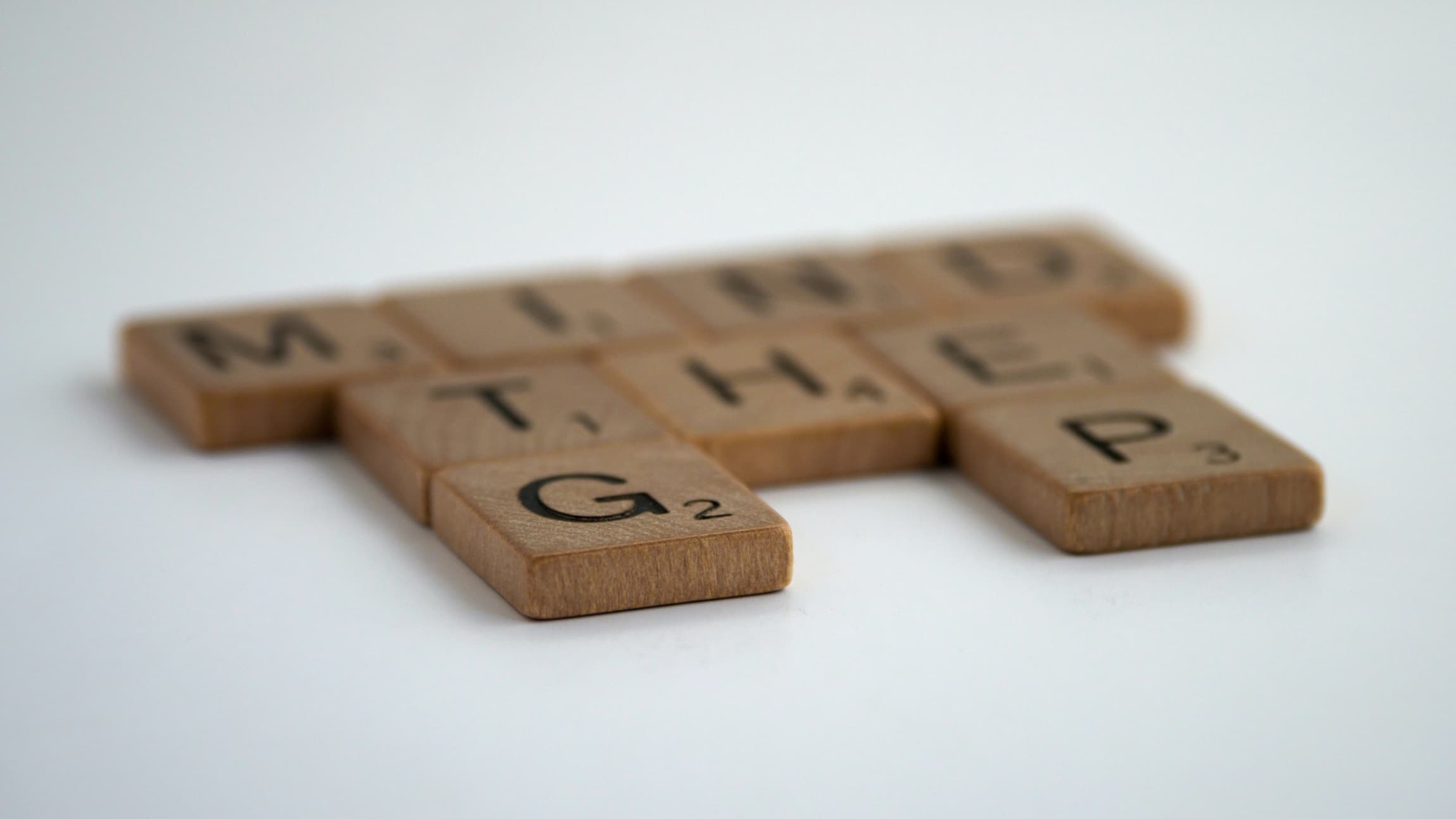“Mind the gap” is a phrase often used in association with the London Underground railway. It’s a warning to passengers to not fall in the gap between the station floor and the train car floor.
If there wasn’t a sign calling attention to that gap, people might not pay attention to it and fall. Mindfulness is a tool that we can use to improve our awareness and attention to the present moment to avoid falling into unhealthy thoughts and actions.

Another Train Analogy
Imagine that the station platform is where you stand when you are just existing and surviving. You want to cross the gap to get onto the train which actually moves you towards a destination where you are thriving. The gap represents all of the distractions that keep us in survivor mode and hinder us from moving into thriver mode.
We fall into that gap over and over again. We find ourselves distracted by social media, emails, texting, television, work projects, kids, relationships, or home projects.
These distractions can cause us to feel very disconnected from our minds and our emotions. We let moments of our lives go by without actually experiencing them.
Sometimes this is an intentional decision because what we’re going through feels too hard to deal with. So we remove our thoughts and emotions from the situation and just focus on surviving. But this isn’t a healthy or happy way to exist.
Bridge The Gap
Mindfulness can help us bridge the gap from surviving to thriving.
In stroke rehab, yoga and mindfulness were found to improve mood, cognition, balance, and reduce stress, according to a 2013 study by Lazaridou and colleagues.
Mindfulness makes it easier to enjoy happy moments in life and avoid getting caught up in moments of anxiety and fear. It can help relieve stress, lower blood pressure, improve sleep, reduce pain, and make it easier to process unpleasant emotions.
What Is It Exactly?
Mindfulness is the act of focusing our attention on the present moment and sustaining that attention.
It allows us to focus on how we’re feeling, the sensations we’re experiencing, and the thoughts we’re having.
We’re so used to being distracted all the time it can be really hard for us to quiet ourselves down enough to pay attention to what’s actually going on in and around us.
Think about it.
We watch TV while cooking and eating dinner nowadays. We listen to a podcast while putting up laundry. We listen to music while we work. We watch the kids to ensure they’re staying out of trouble while we vacuum. We scroll endlessly on social media to avoid dealing with our feelings.
So how can we move from the platform to the train without falling in the gap of distraction?
Practice
Just like getting better at anything else, it takes practice! There are some simple ways you can start practicing mindfulness.
Focus on Your Breath
This is, perhaps, one of the simplest and hardest ways of incorporating mindfulness. Sit quietly for a few moments and just focus on the rising and falling of your chest as you breathe. Try not to focus on anything else. If thoughts come up, recognize them, let them pass, and return to your breath.
Use Your Senses
Think about how things smell, feel, taste, sound, and look. Really immerse yourself in moments of your daily life by engaging all of your senses. For example, next time you’re outside, think about how the sun warms your skin, feel the wind on your face, look at the beauty of nature, and smell the fresh air!
Accept Yourself
Mindfulness requires that you are kind to yourself. If your thoughts start drifting off or you start thinking negatively, gently redirect your thoughts back to the moment.
Body Scan
Scanning is a great way to not only practice mindfulness but also to check in with yourself. Close your eyes and start with your head. Work your way down to your toes. How does each part of your body feel? Do you have any pain or tension? What are your emotions as you go through this exercise?
Meditation
A simple way to start a mindfulness practice is with a dedicated meditation session. Spend 2-5 minutes a day by sitting quietly on your own. Focus on how you feel and come back to your breath when you sense that you’re becoming distracted.
Try one or all of these strategies and see how you feel. Remember that it takes time and consistency to build up a practice. Be kind to yourself and accept that your practice won’t be perfect.
So mind the gap. Pay attention to your senses, your surroundings, emotions, and thoughts. Be aware of the present.

